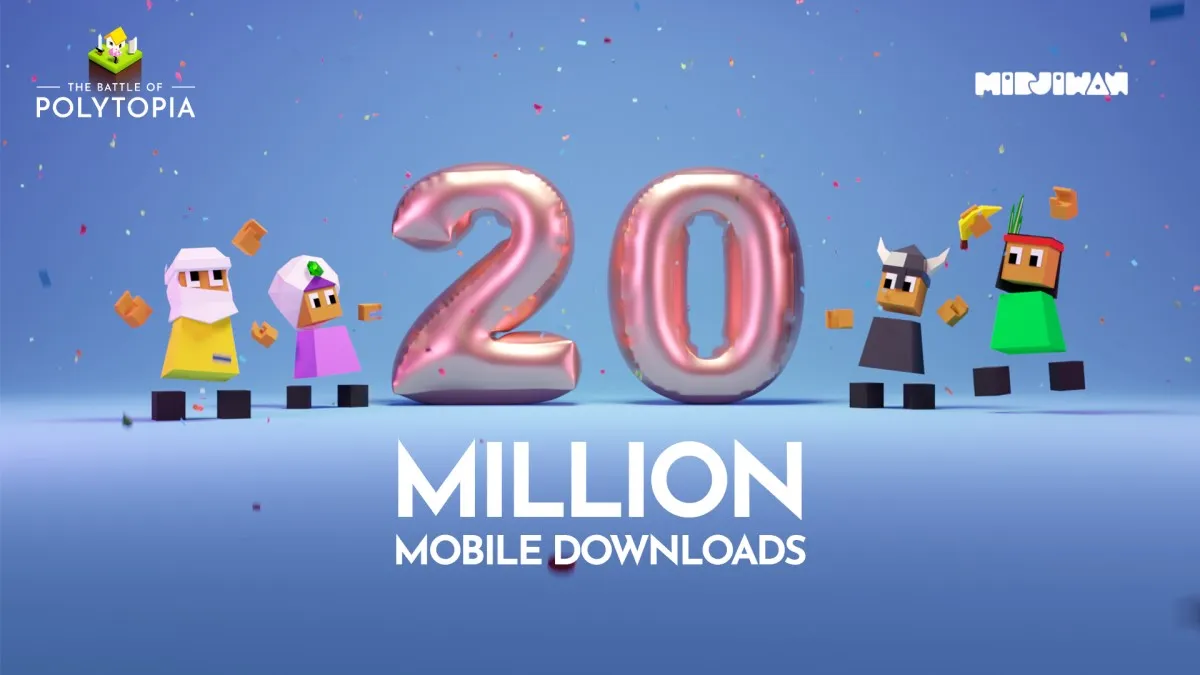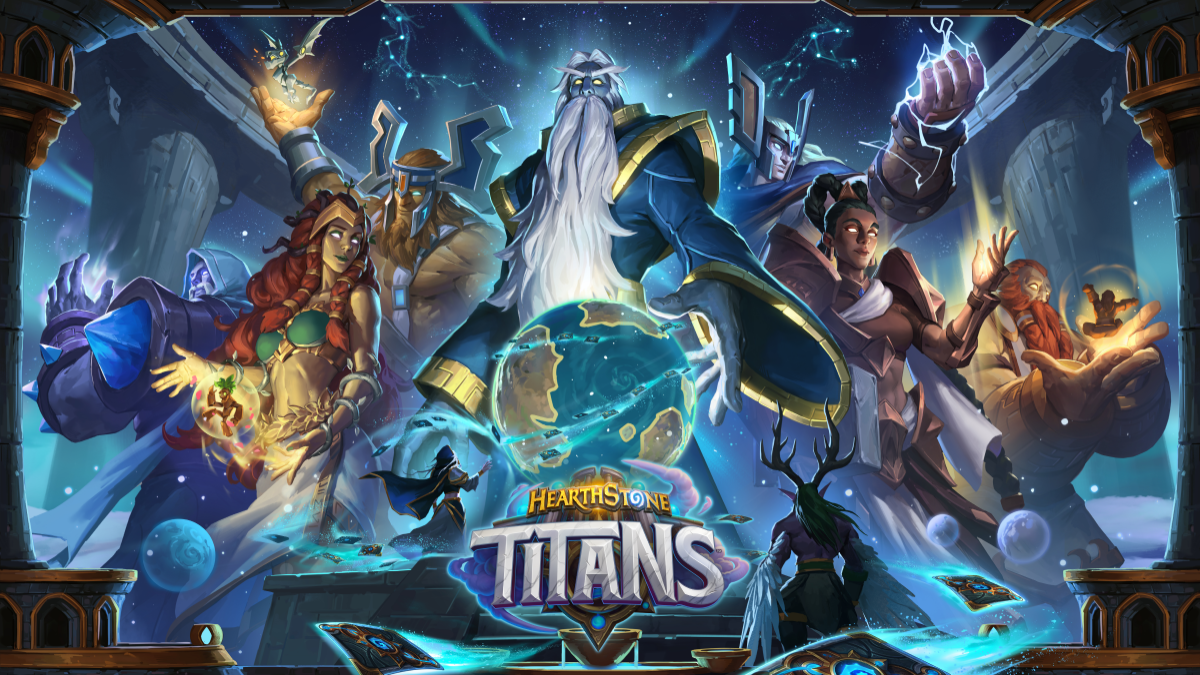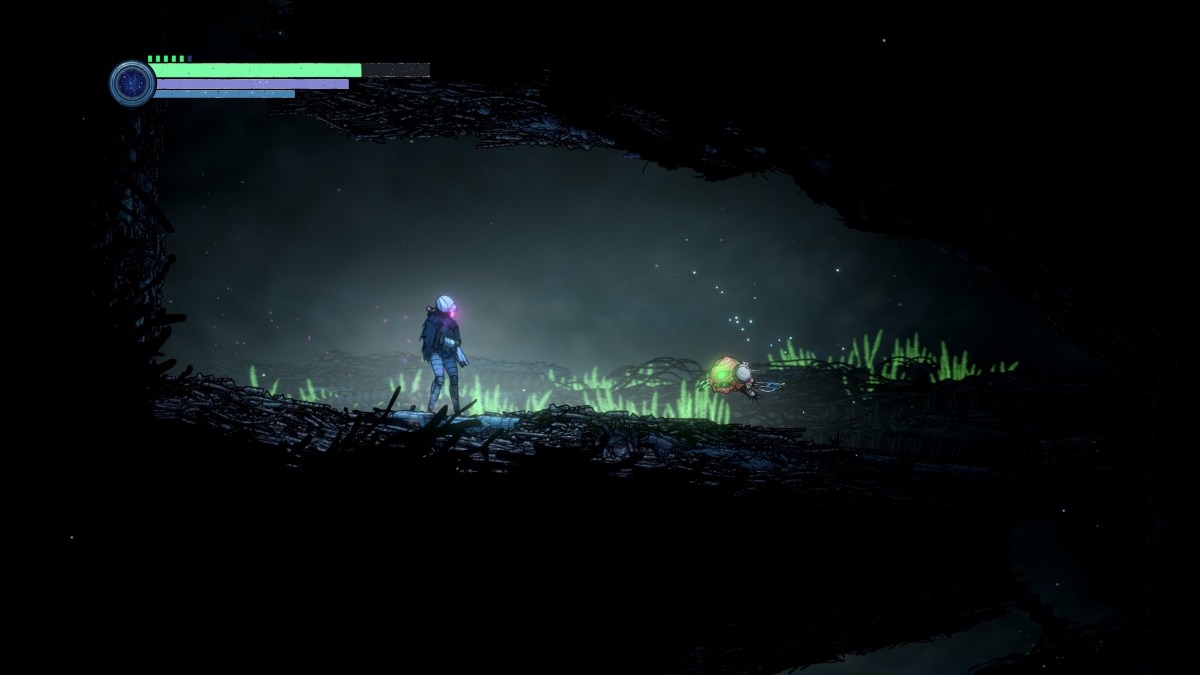When it was first announced at E3 2011, Fable: The Journey split the gaming community at large. Some were excited at the prospect of a Kinect game that might they actually want to play, others were afraid that a series they loved was going to be compromised in a bid to help shift more units of Microsoft’s motion tracking system.
We recently had the chance to sit down with the game’s lead script writer Ben Brooks and producer Jennifer Clixby to talk about that mixed message, as well as what the story holds and how difficult it is to develop a Kinect RPG.
IncGamers: Lionhead has said in the past that it confused people with Fable: The Journey’s reveal at E3 2011. Do you think the message as to what this game is actually trying to do is now clear?
Ben Brooks: I hope so. Part of addressing that problem has been showing the game to press and through videos. Also, I hope that the demo we released in the middle of September helped potential players understand the kind of thing we’re hoping to achieve.
If you’ve played that demo you’ll definitely understand what we’re trying to do.
IG: Lionhead is not known for their Kinect games, has it been a difficult learning curve creating your first Kinect release?
BB: We had some degree of background with Kinect due to the Milo team, meaning we had two designers and two programmers that had a history of working with the device. Then we had all the guys that had been immersed in the Fable games, including myself.
That gave us a good balance between those of us that knew Fable and those that knew Kinect, both in terms of knowing your area and coming in to a new area with a fresh approach.
IG: Would this game have happened without the background of the Milo Project?
BB: I think it would have taken us a lot longer, as we would have had to learn all about the programming and technical aspects from scratch. Without Kinect we would still have wanted to tell this specific Fable story, so I think we would have still done this game.
IG: How difficult is it to work out the controls for a game like this on Kinect? For example, how do you come to decide on what number of physical movements/inputs a player can realistically remember?
BB: That’s a good question and it’s something that we spent a lot of time thinking about and researching. We do a lot of internal testing and decided that anything in the game that made us want to have our controller back was to be discarded. Basically, if something didn’t play to Kinect’s strengths we cut it out.
We also brought in people to do user testing and we’d watch as they played the game to see where they were enjoying it and where they were struggling (either through difficulty levels or the Kinect movements). That really helped us shape the kind of gestures we decided to use and how difficult we wanted the game to be.
IG: So, is this a case of putting a Fable wrapping on a Kinect game, or trying to alter Fable to work with Kinect?
BB: You will probably get a different answer to that depending on who you ask. Personally, I’m heavily involved in the quest and story design, so for me it’s very much another game that happens to use Kinect as a controller. My approach was along the lines of “what’s the next exciting step in the Fable story?”
Obviously, you have to bear in mind the changes that have happened. For example, the first-person viewpoint means that we needed a main character that is much more defined than we’ve had in the past. That requires you to immerse the player in a different way, through connecting with the character rather than giving them a blank slate to shape the character as we’ve done in other Fable games. The first person camera represented a bigger change for me than anything to do with Kinect.
IG: Because of that defined protagonist, was it easier to exert a sense of authorship over the story and the game?
BB: Absolutely. With past games there is a very wide selection of things the player can do with their avatar. That leads to players forming their own personalities for their avatar, a personality that we as developers have no information about. Previous games have been very much about crafting your own character, and that was the point of those games so it would have been wrong of us to tread on that and try to force certain character traits onto every player’s avatar.
Now that we’ve got a defined character and narrative we don’t have to worry about that. So, yes, that naturally leads to a sense of authorship as we’re the ones now defining what kind of character you’re playing and the life he’s leading.
IG: Is the script much longer than previous games? The early going is very cut-scene heavy…
BB: There are certainly more cut-scenes and, yes, the opening is very dialogue heavy. However, I think that’s similar to other Fables; Fable 3, for example, had a lot of dialogue in the opening scene in the castle.
As you go through The Journey and the story and characters are established it balances itself out in terms of gameplay, cut-scenes and dialogue. It’s important to establish the world early for new players, but we also need to spend time early on showing off the new areas ofAlbion to veteran players so that everyone knows where they are and what they’re doing.
The number of early cut-scenes also play a part in pacing a Kinect game. It takes people a while to get used to the gestures, and if you were forced to go at it full pace from the start you just get tired and lose interest.
IG: It sounds as though you’re expecting long play sessions…
BB: Yes, and that’s why we were so keen to get the whole ‘seated play’ working properly. It just wouldn’t work if players had to stand all the time. No one wants to stand for 12 hours to play a Kinect game.
IG: Is 12 hours the length of time you expect it will take players to complete the game?
BB: I think 10-12 hours, depending on how good you are at it and how fast you’re playing it.
IG: A lot of time in the game’s opening moments are spent getting to know your horse and taking care of it. Has the horse taken the place of the previous games’ dogs as your friend/partner?
BB: It’s certainly there as a companion, so in that sense it is comparable. The horse is much more of a character than the dogs we’ve had, though. You really depend on the horse in this game.
Jennifer Clixby: The main character, Gabriel, is from a tribe that really depends on horses and we try to get that across as early as possible. Gabriel has grown up knowing the importance of horses his whole life and that makes it more essential than the dogs.
The horse is also much more expressive and that really does help turn it into a character in its own right. On the other side, the horse relies on you to heal it and keep it safe. That means there’s a lot of interaction between you both.
IG: Is this a ‘proper’ Fable story? i.e. one that fits with the rest of the series, or do you see it as a spin-off?
JC: It’s a proper Fable story. It focuses on the story of Teresa, the one character that has remained constant throughout all of the Fable games. She’s very mysterious, she’s over 500 years old and she’s always the one you wonder about because whenever something goes wrong she seems to be there.
This story is largely told from her point of view, so you can get to find out what it is that makes her tick.
BB: She’s always the character that people in the forums argue over; about whether she’s good or evil. This is our chance, with a more defined narrative, to flesh her out a bit more and answer some of those questions.
IG: Are we going to find out whether she’s good or evil?
BB: I don’t want to spoil it… I will say that her story and the story of The Spire are taken a long way forward with this game.









Published: Oct 4, 2012 11:10 am